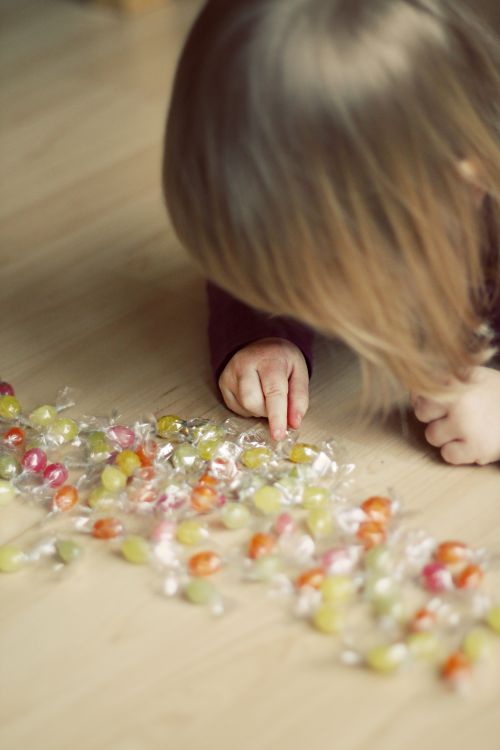Helping your child develop early math skills
Learning basic math skills early on will help your child build a foundation for more complex math.

You can help your child learn about simple math skills. Doing it as part of daily routines and using common games and rhymes makes learning into play. It’s fun and easy for families to highlight the math in every-day activities.
How important are math skills to young children?
Lots of parents have been reading about how to improve their child’s language skills so they will be better prepared when it comes to reading in school. Math skills are important, too. In fact, Amy Parks of the Michigan State University College of Education says early math skills may be just as or more important than language skills.
Other researchers agree. The study “Early Math Matters: Kindergarten Number Competence and Later Mathematics Outcomes,” published in Developmental Psychology, recommends early experience with math talk and games to strengthen math achievement in later years.
What are the basic concepts of math skills for young children?
“Help Your Child Develop Early Math Skills” by Zero to Three lists the following basic math skills young children will need to build a strong foundation for math achievement later on:
- Understanding one-to-one correspondence.
- Identifying more and less of a quantity.
- Counting verbally (rote counting).
- Counting objects.
How can parents help children learn basic math concepts?
We already know children learn skills more easily when they are taught as part of the child’s regular routines. MSU Extension suggests one way families can include some math learning is to let your young child help set the table for a meal. Children learn about one-to-one correspondence, a basic math concept, by making sure there is one place setting for each person who is going to be at the meal.
With very young children, you may want to begin with unbreakable items such as forks, spoons and napkins. As children grow older and can handle more fragile items like glassware or dinner plates, you can ask them to prepare an entire place setting for each person. Another way to teach one-to-one correspondence is to ask children to pass out food items at a meal or snack—one cookie per person.
To teach about more and less, you could continue the “mealtime math” learning experience. Maybe dad wants two cookies—two is more than one. Baby brother is too young for cookies—none is less than one. At the same time, you can also teach counting by pointing to each cookie and naming the number. This is the beginning of number sense, another basic math concept.
Rote counting and counting objects
Rote counting is one of the first mathematical skills children learn. It is simply naming numbers beginning with zero or one from memory. Most parents teach this skill in an informal way by reciting a rhyme such as “One, two, buckle my shoe” or “One potato, two potato.”
With rote counting, you can count objects such as cookies at snack time, steps on the stairs or anything interesting in the child’s world. One of the favorite things to count is fingers and toes.
Playing board games
Once children know how to count objects, you can begin playing simple board games with them. Games such as Chutes and Ladders and Candyland require players to move their counter the number of spaces indicated on the spinner dial. After moving their counter along, they reach the final goal and win the game.
With young children, it is often better to play brief games and let everyone reach the final goal. The point of the activity is to let children have experience with numbers rather than be winners or losers. Once they enter kindergarten, they often become more interested in competitions, but toddlers and preschoolers mostly want the chance to play along with everyone else.
With fun as your goal, your children will be learning the math skills they will need to build on in the future.



 Print
Print Email
Email

